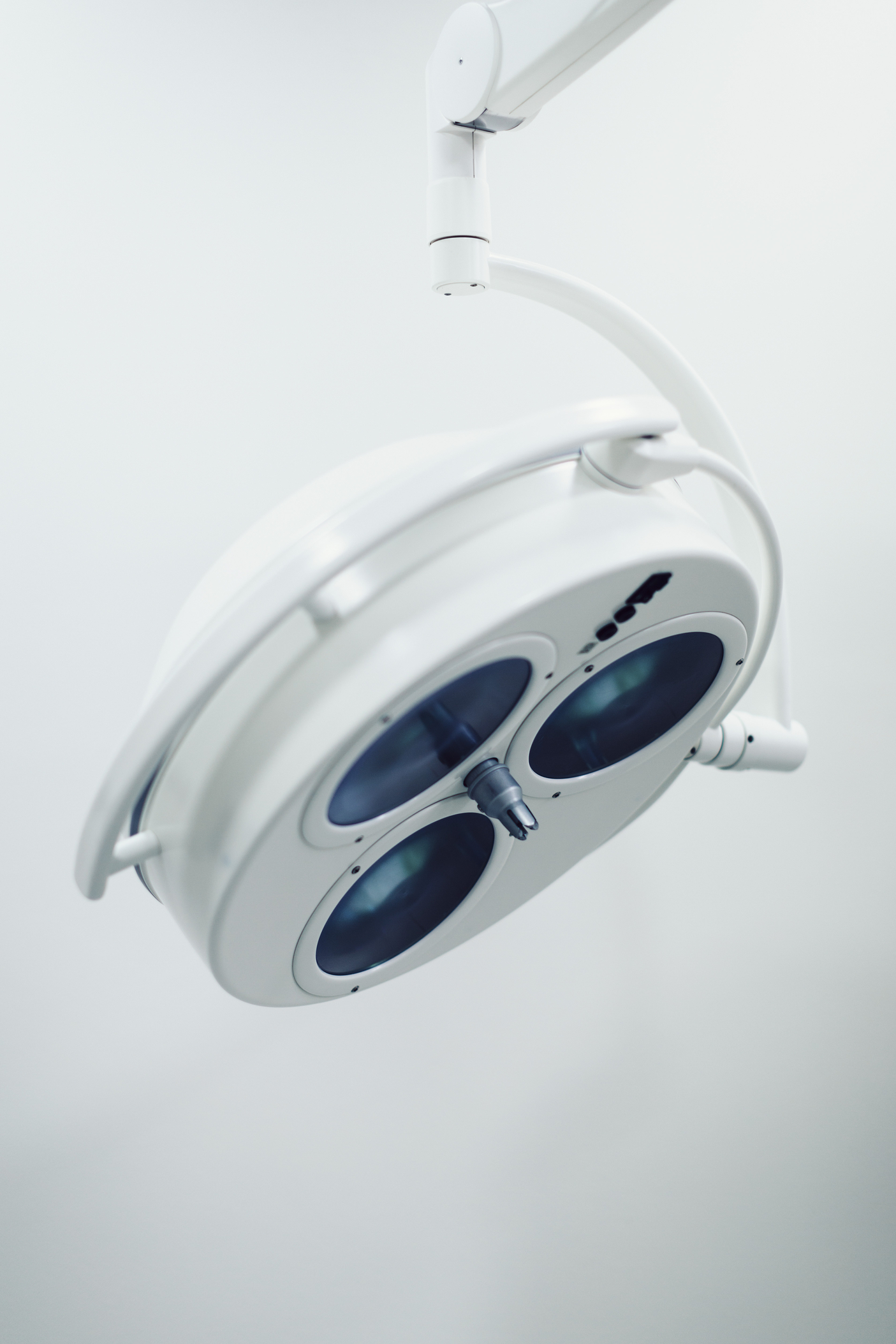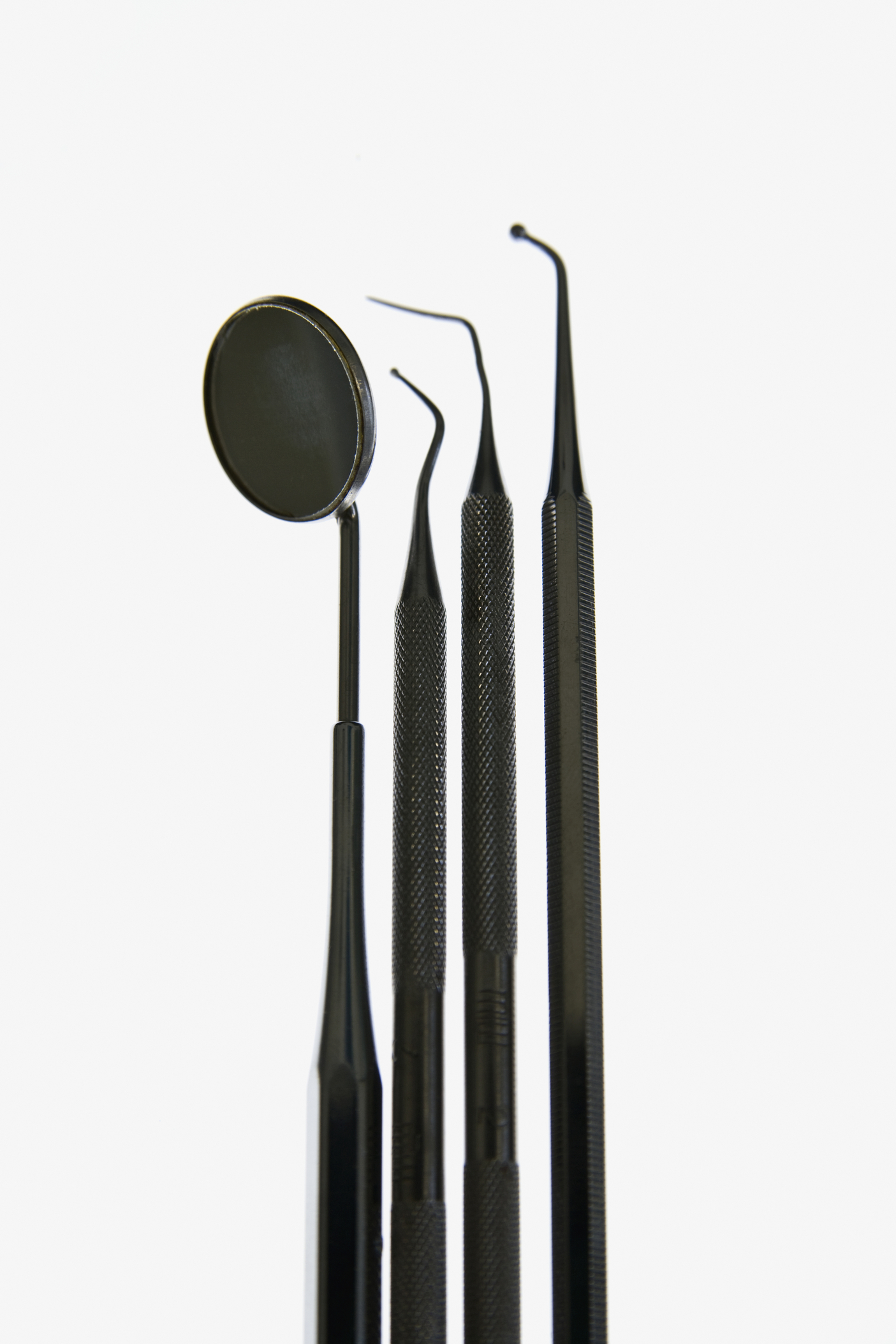The HealthLink Messaging System can be used to send information between GPs and laboratories, radiologists, specialist, allied health providers and hospitals.
HealthLink sends more than 100 million clinical messages annually between approximately 60,000 healthcare practitioners with a HealthLink Secure Messaging address.
HealthLink Secure Messaging keeps message exchange simple and consistent across the healthcare spectrum. Most commonly, providers use Messaging for the exchange of pathology and radiology reports as well as referrals, status reports and discharge summaries.
Most Australasian general practices are increasingly reliant on electronic messaging which is steadily replacing paper, phone and fax; thereby becoming the health sector’s preferred method of communication. HealthLink provides a practice with all available messaging services as part of its standard service package.
HealthLink Messaging does not use email as the transport mechanism of clinical document transfer. Email does not provide the level of manageability, assurance and reliability that is consistent with current industry standards.


 New Zealand
New Zealand Australia
Australia


